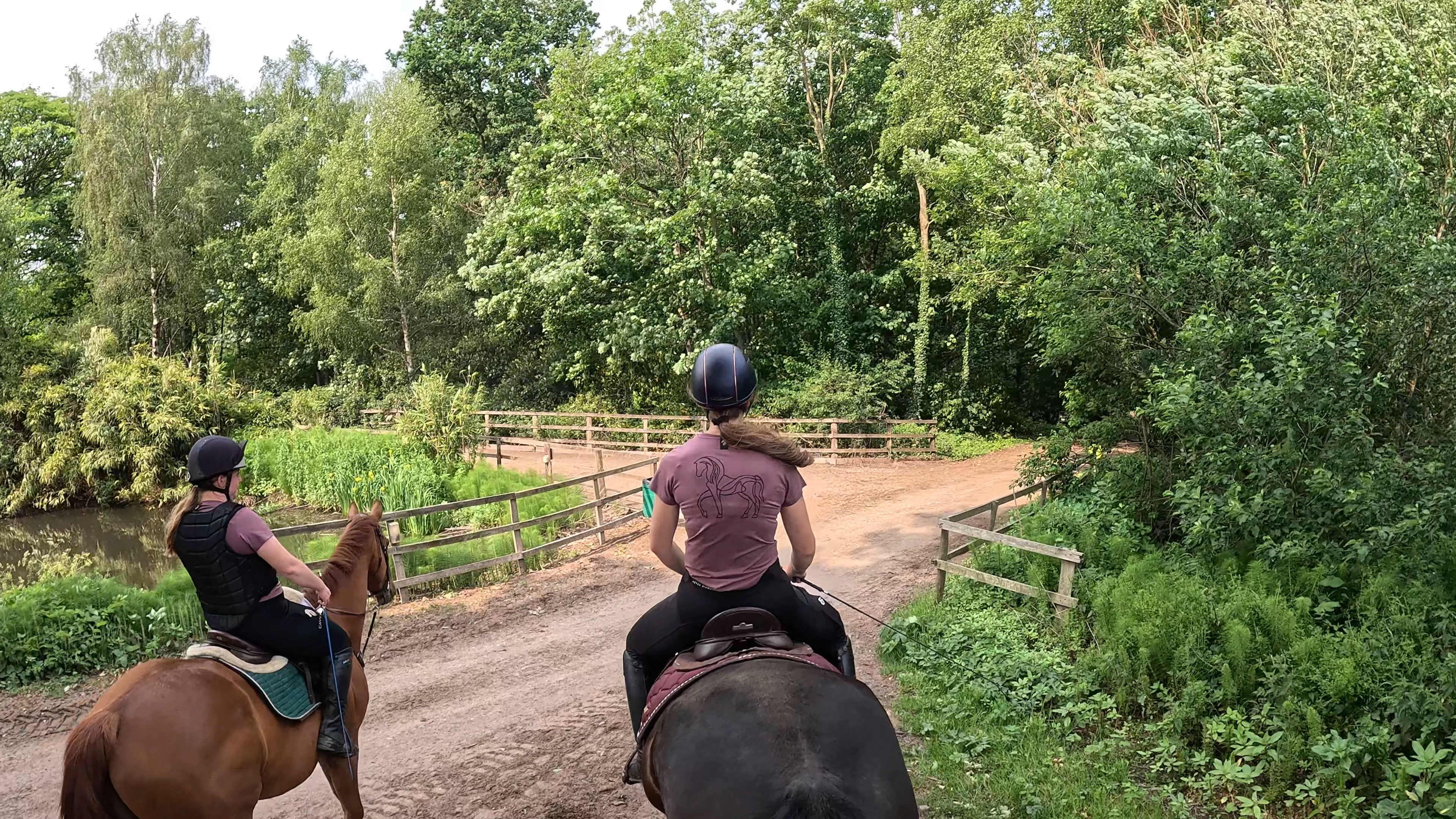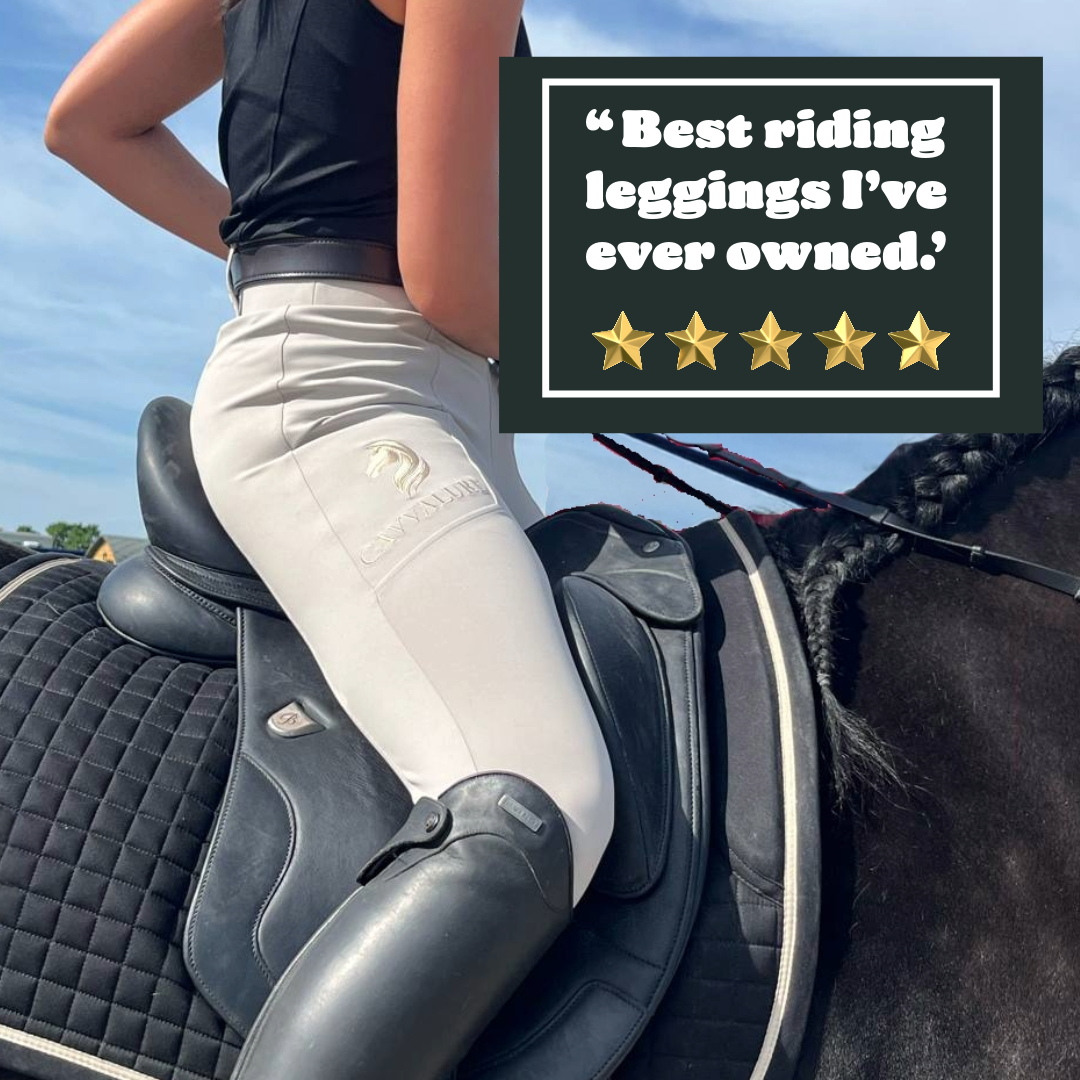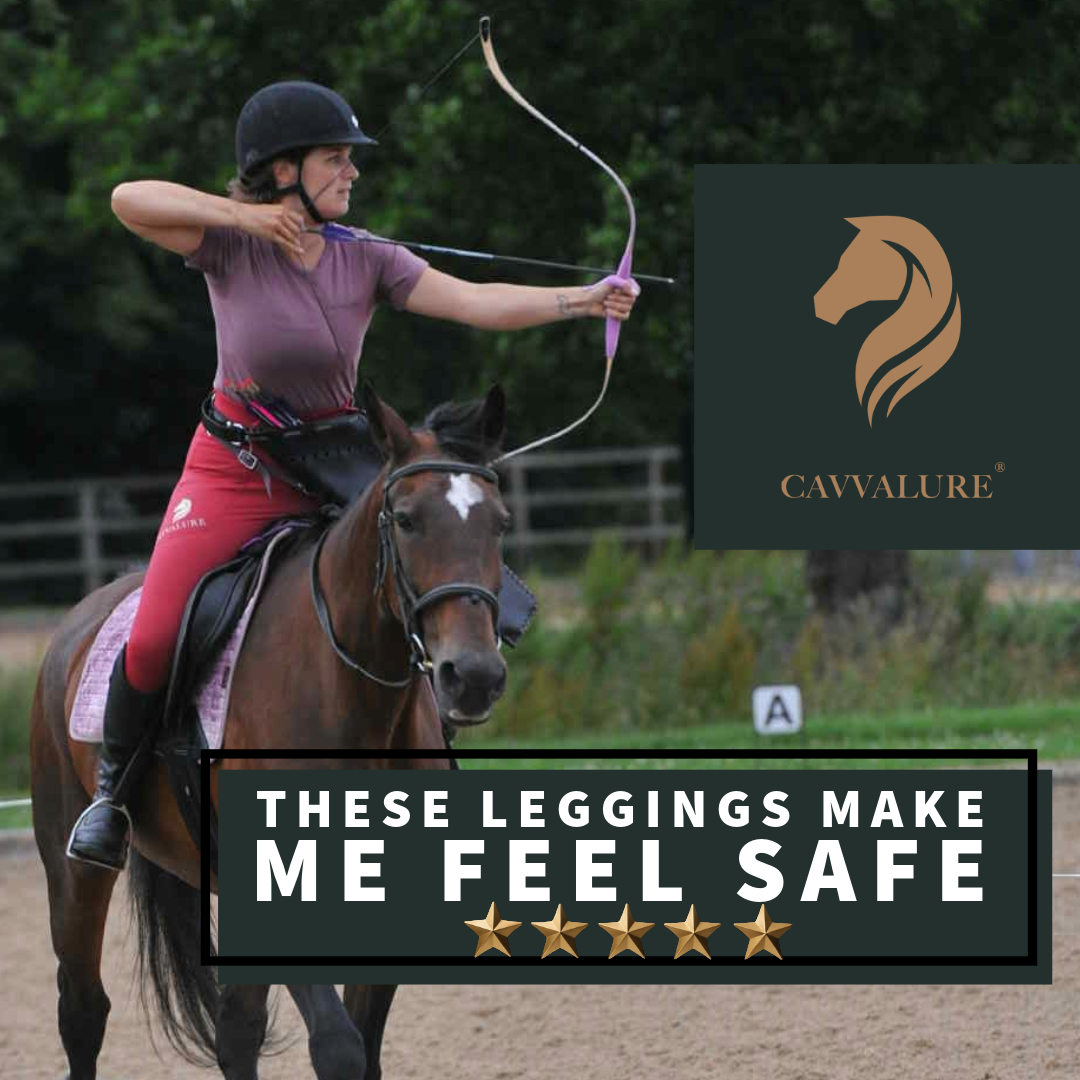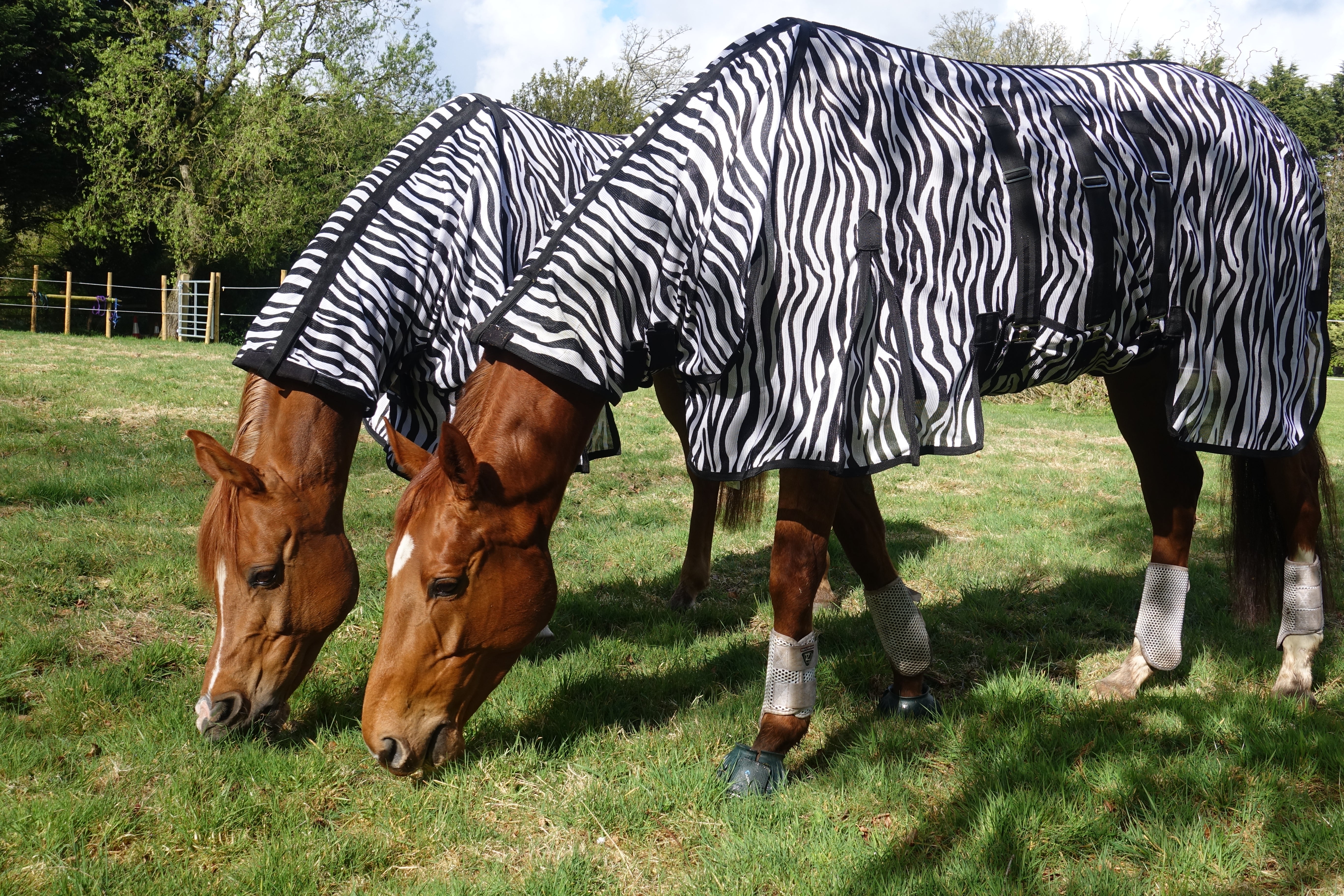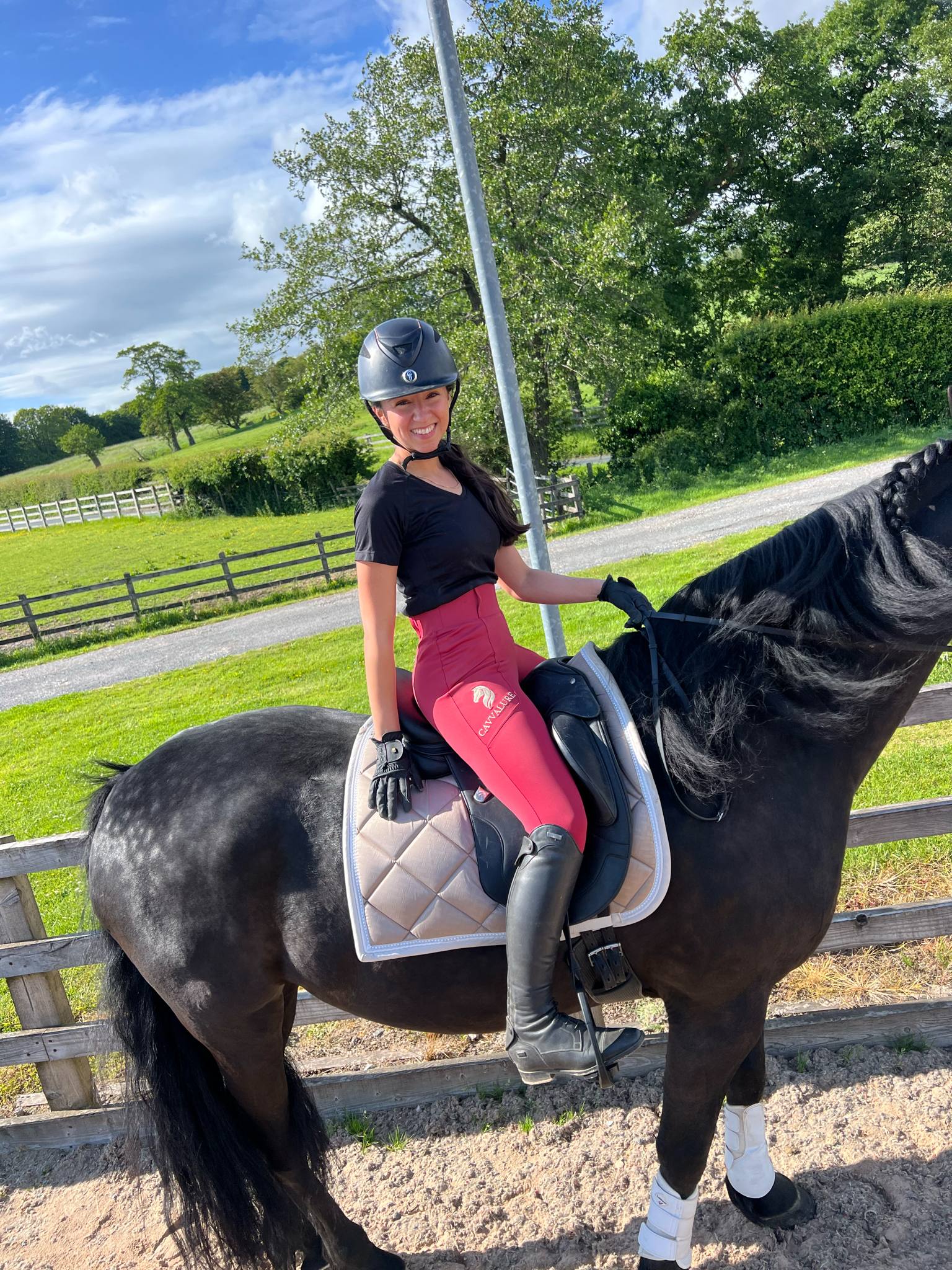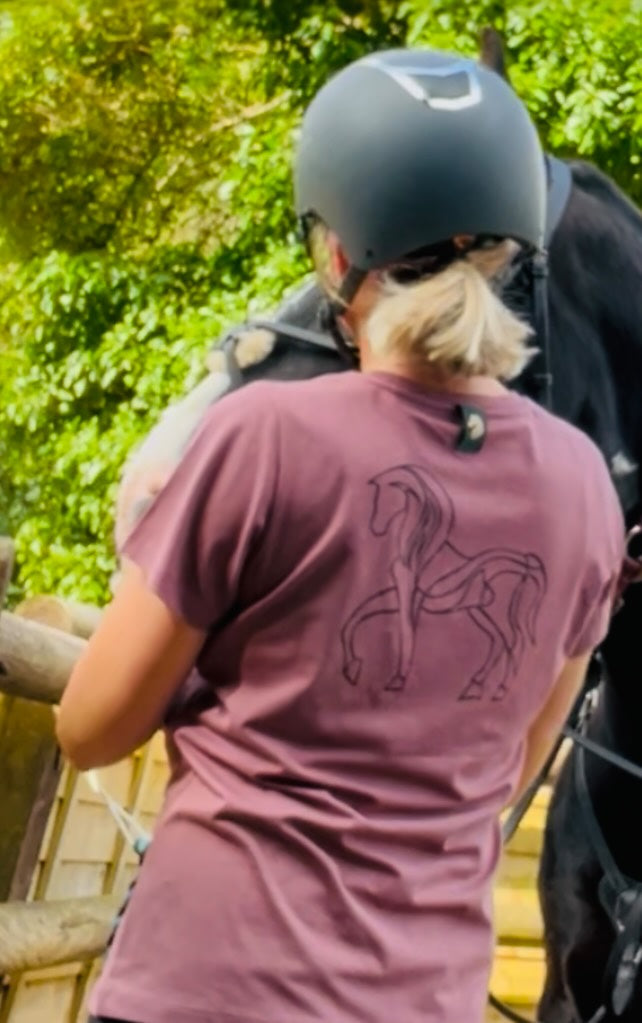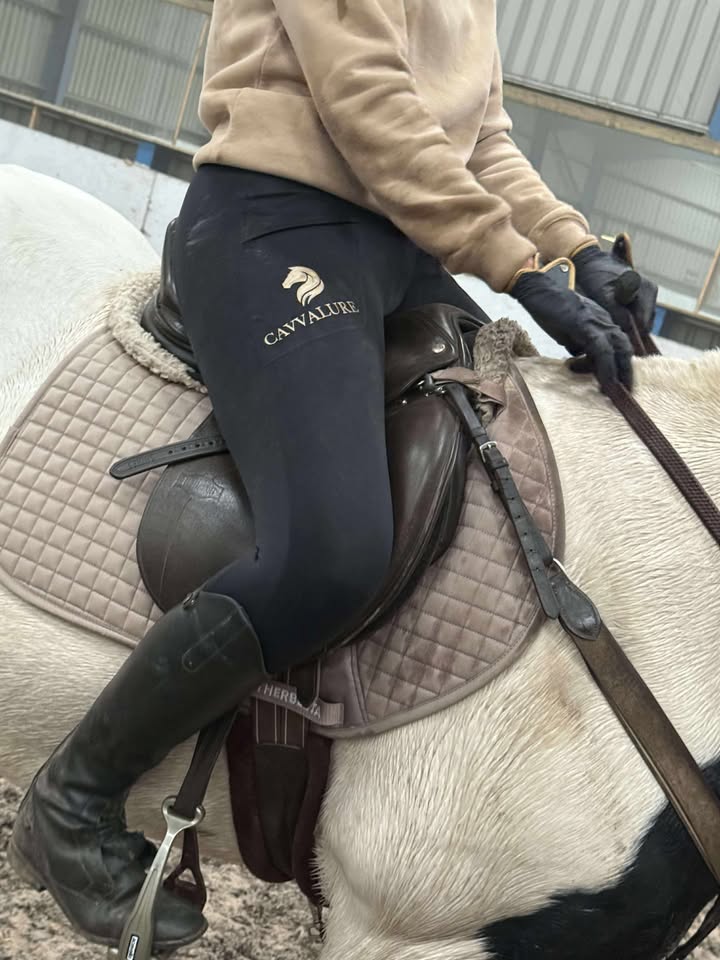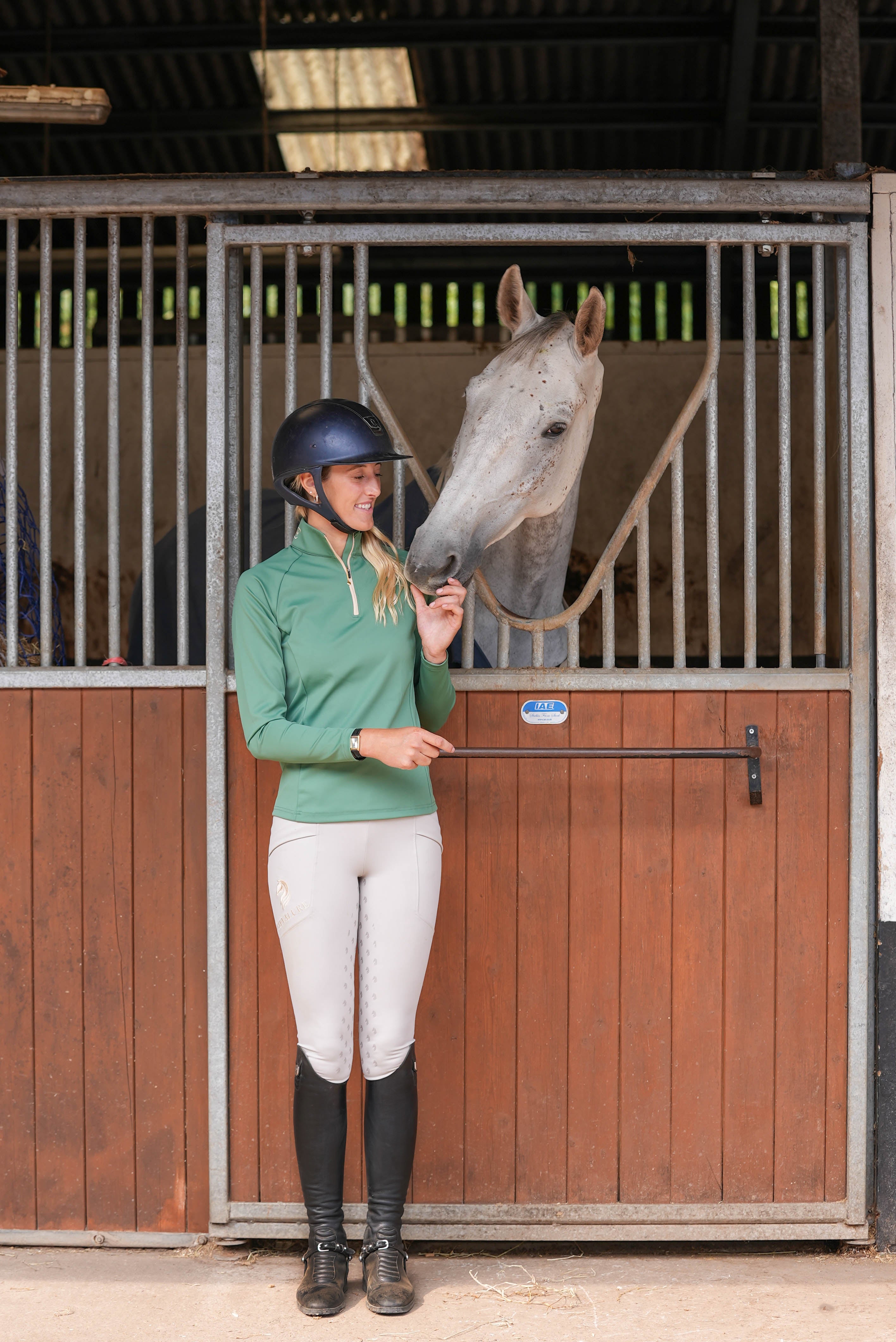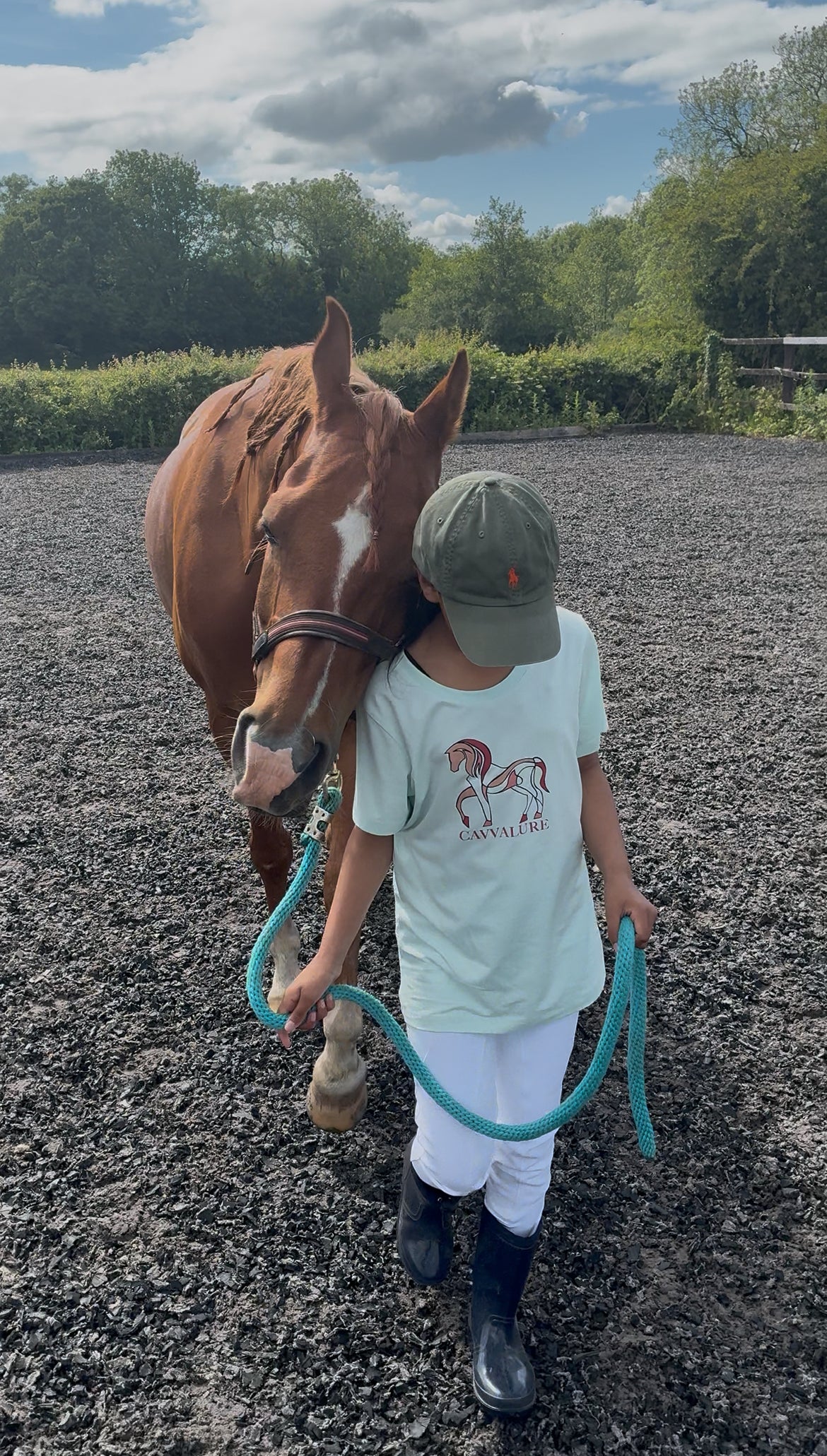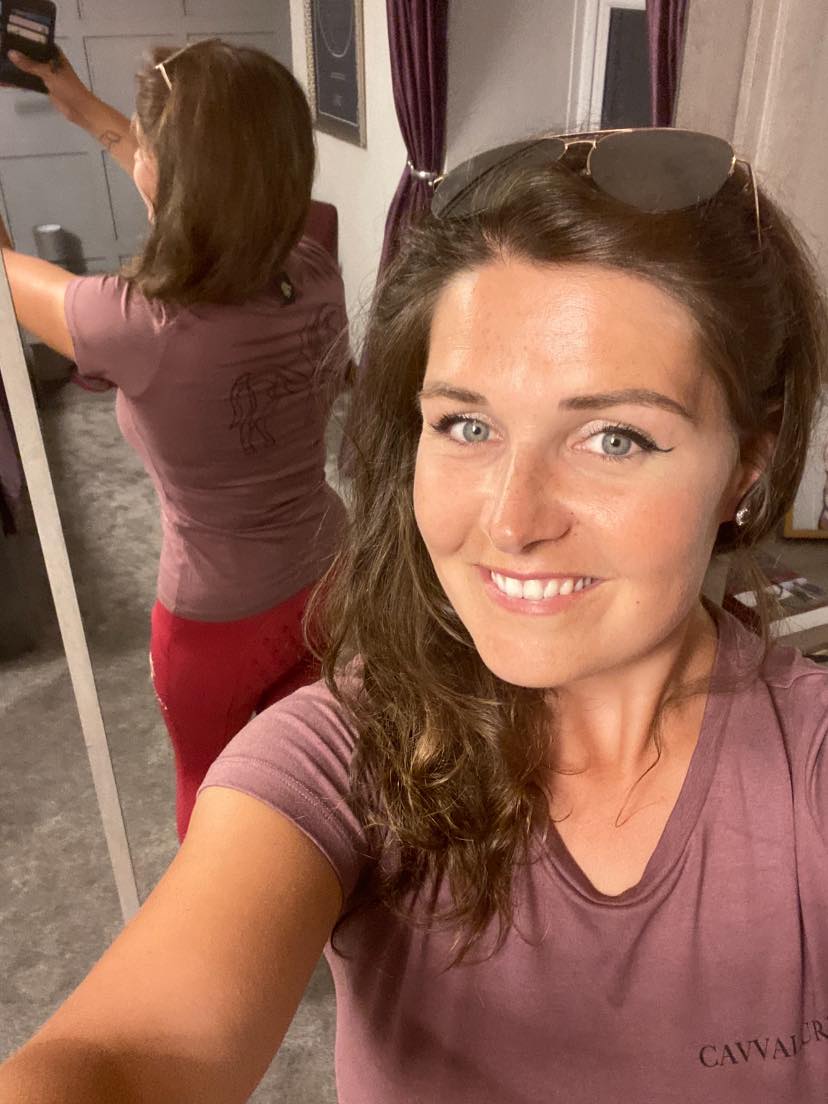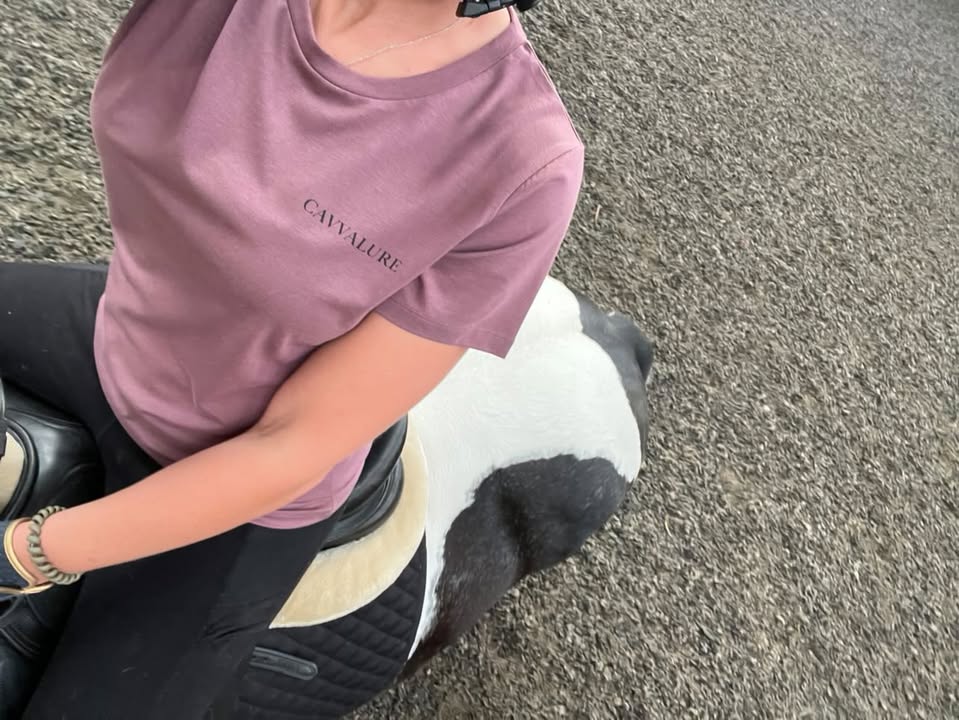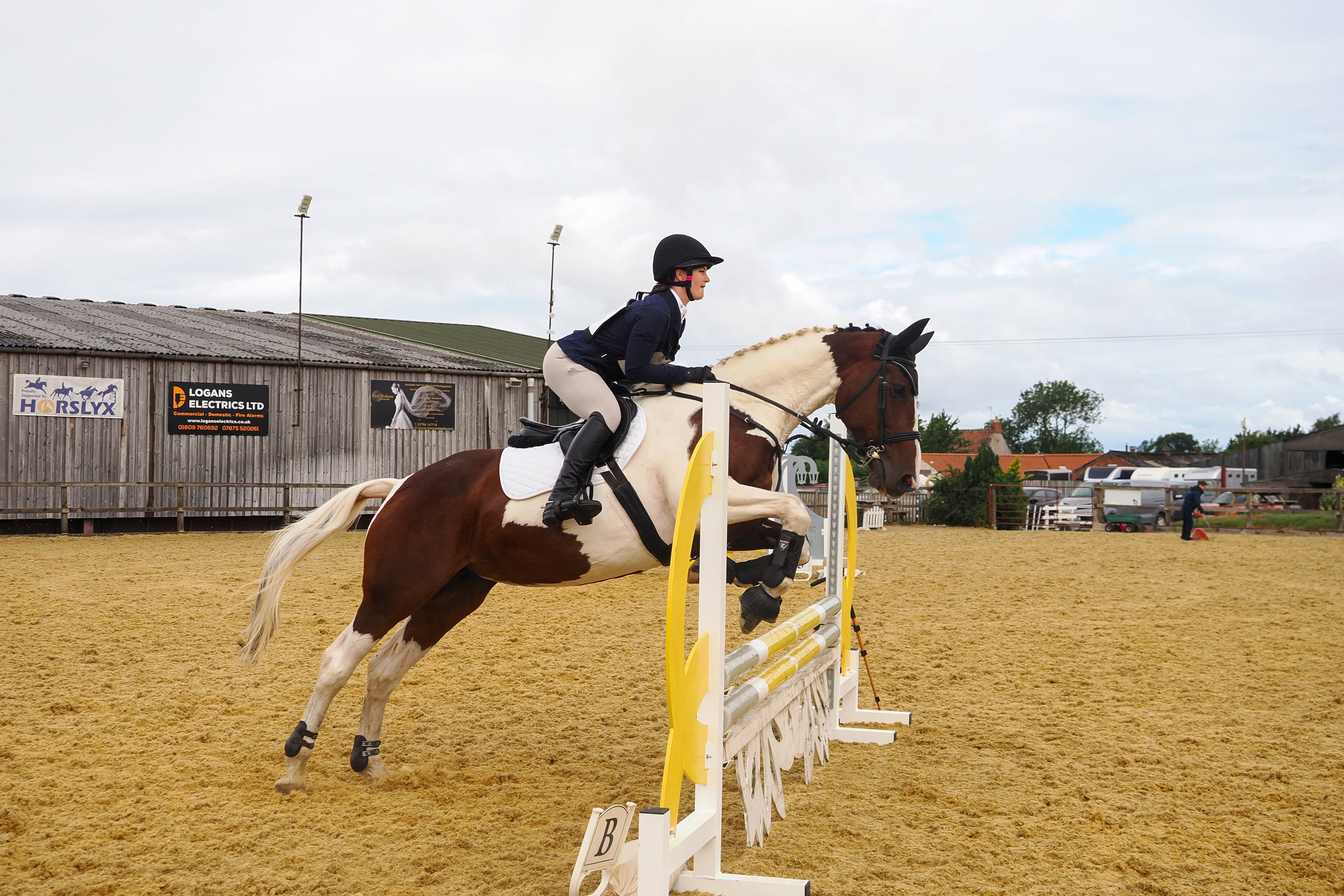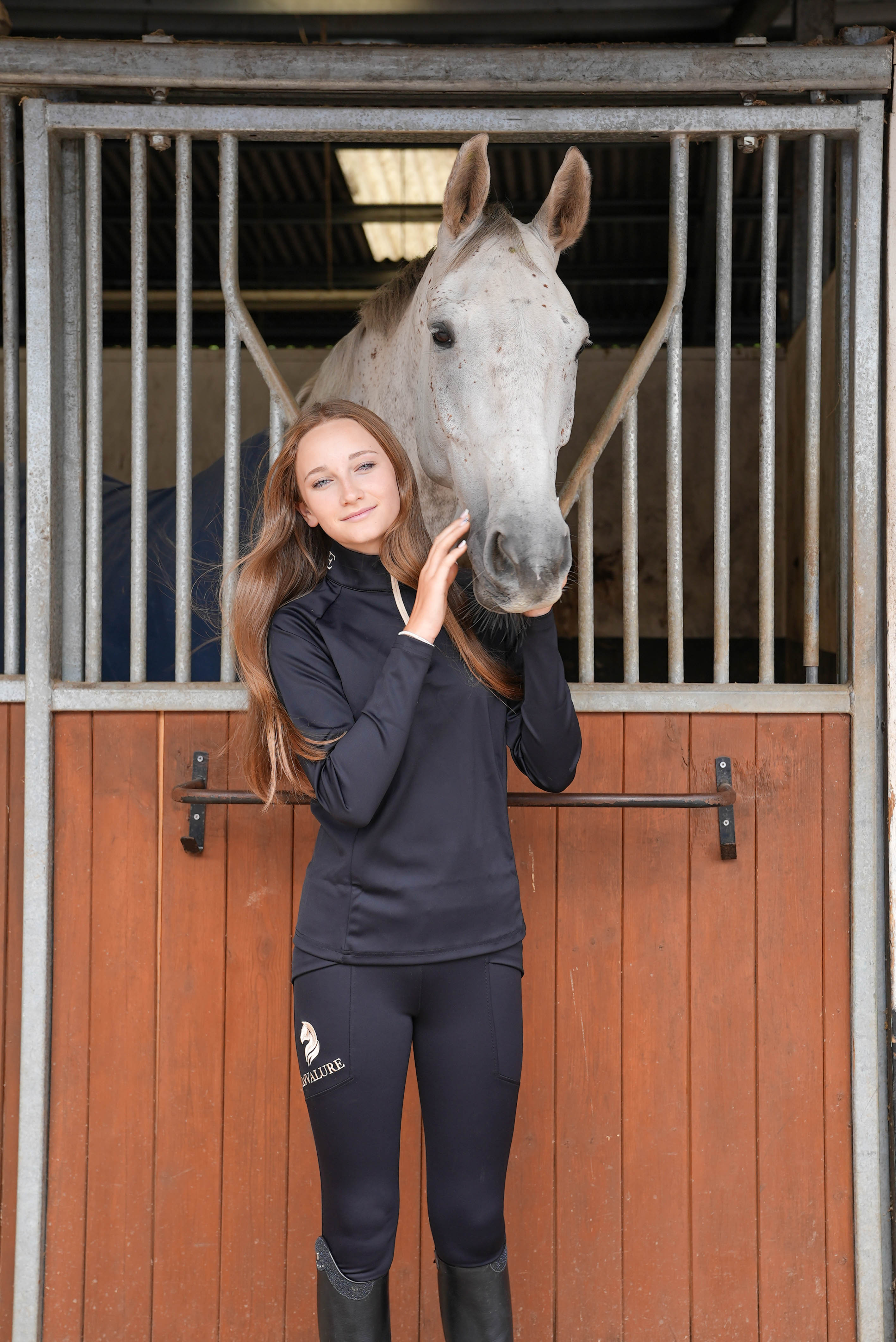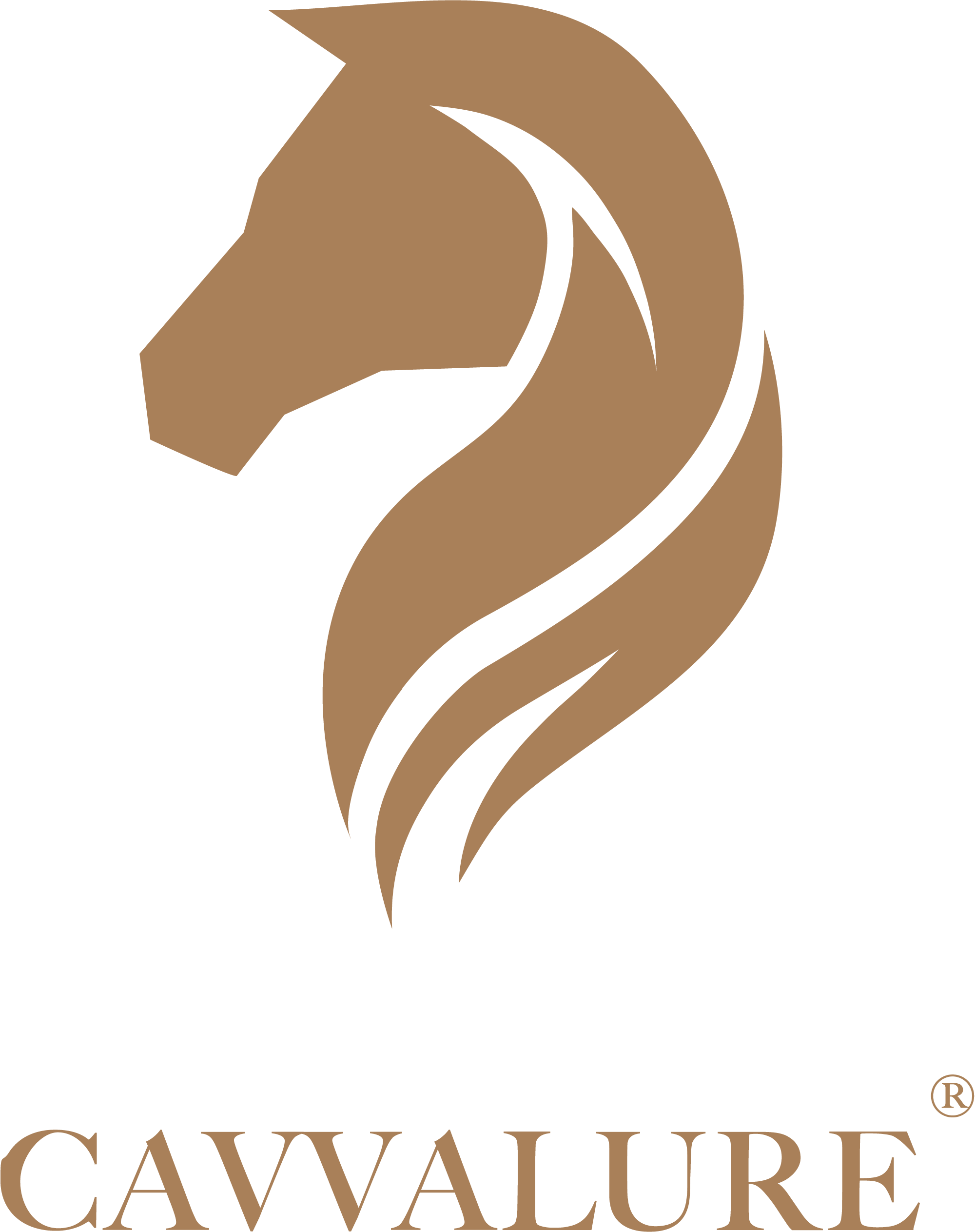Welcome once more to The Cavvalure Journal. In our continuing exploration of narratives that celebrate the equestrian spirit, we turn our gaze from the written word to the canvas, where the visual poetry of master artists offers an equally profound insight into heritage, passion, and the timeless elegance of the horse. Today, we consider the legacy of Emil Volkers, a 19th-century German painter whose devotion to equestrian subjects captured not just their form, but their very soul.

Within Volkers’ extensive oeuvre, let us imagine a piece such as "Gerald the Blue Saddle", a composition that, through the artist’s meticulous hand, speaks volumes of the values we hold dear. Picture the scene: Gerald, a noble creature, stands with an inherent dignity, his form a testament to both breeding and attentive care. The "blue saddle," perhaps an unexpected touch of colour, hints at a discerning owner, one who appreciates not only function but also a quiet flourish of individual style – a subtle nod to functional beauty and considered elegance.
Our attention, however, is immediately drawn to the companions within the frame. Consider the dog, a loyal hound whose gaze is often a study in devotion. In Volkers’ work, such animals are never mere accessories; they are characters in their own right. Perhaps this dog in "Gerald the Blue Saddle" looks towards an unseen master, or up at the towering form of Gerald, its expression a blend of steadfast loyalty and quiet intelligence.
The connection between horse and hound, often an unspoken camaraderie forged in shared fields and firesides, evokes a sense of harmonious companionship. This triumvirate – horse, hound, and the implied presence of their human counterpart – speaks to a life enriched by these bonds, a life where passion for animals translates into a beautifully orchestrated domestic and sporting tableau. The emotion is one of quiet contentment, of established order, and of deep, unwavering affection.

Then, there are Gerald’s eyes. Volkers had a remarkable ability to imbue his equine subjects with expressive, almost soulful gazes. If Gerald’s eyes meet the viewer’s, as they so often do in Volkers’ portraits, they create an immediate, arresting connection. There is no artifice, but rather a direct, honest regard...
Such a scene, rendered with Volkers’ characteristic precision, inherently portrays the esteemed equestrian traditions of the era. The meticulous grooming of Gerald, the quality of his tack (that distinctive blue saddle, a testament to high craftsmanship), all point to a standard of care and an appreciation for lineage that defined the serious equestrian establishment...
While the specific setting of "Gerald the Blue Saddle" might be intimate, Volkers often placed his subjects within environments that enhanced their narrative – be it the ordered calm of a grand stable, the rolling hills of a country estate, or the edge of a well-tended parkland...

Emil Volkers’ artistic style is a masterclass in enduring quality. His commitment to anatomical accuracy, the meticulous rendering of muscle and coat, the play of light on a polished flank – all demonstrate a profound respect for his subject and an unwavering dedication to his craft. There is an honesty and integrity in his brushwork, a refusal of romanticised exaggeration in favour of a deeper, more resonant truth...
The nuanced portrayal of relationships is central to the charm of Volkers' work. In "Gerald the Blue Saddle," the interplay between Gerald and his canine companion, their easy acceptance of each other, hints at a shared existence rich in unspoken understanding...
Emil Volkers’ "Gerald the Blue Saddle", and indeed his broader body of work, offers more than a glimpse into a bygone era. It serves as a poignant reflection on the values that continue to define the dedicated equestrian: a deep respect for heritage, an unwavering commitment to quality in both animal and accoutrement, an appreciation for an elegance that is both functional and timeless, and above all, an abiding passion for the horse and the profound bond we share with these magnificent creatures.


